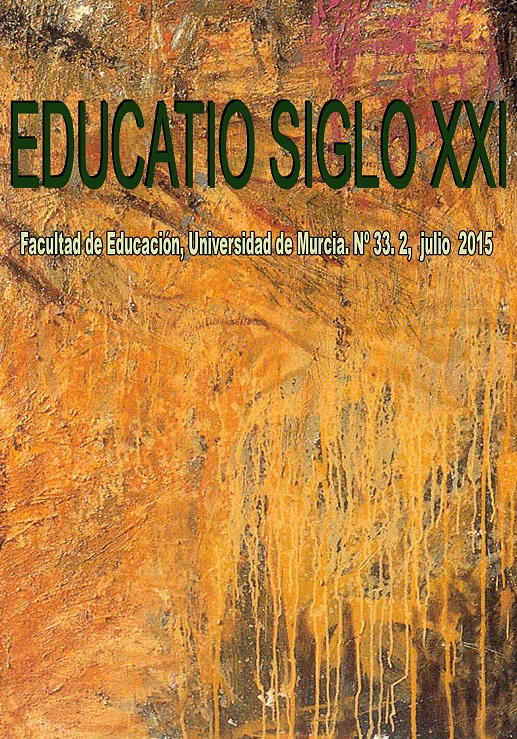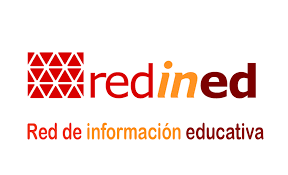Four years of interactive groups: case study of a pioneer school
Abstract
This study aims to assess students’ perceptions of a teaching innovation that has been taking place for the last four years. It is a case study carried out following a qualitative methodology that took place in the first Cantabria school to adopt a procedure typical of learning communities: interactive groups. Through in-depth interviews with the main actors implied in the change of perspective, we enquired about how they assessed the experience by analysing the implementation process, the results and the degree of satisfaction. The results show that this innovation was worth doing because it has changed how this school worked, which has caused great satisfaction for everybody and a substantial improvement in relevant issues such
as motivation, conviviality, degree of inclusion, and degree of participation from
all the spheres of the teaching community.
Downloads
-
Abstract1143
-
PDF (Español (España))670
Original work publishes in this journal is subject to the following terms:
1. Murcia University Press (the publishing house) holds the copyright of the publishes work, and favours and allows their reutilization under the use license stated in point 2.
© Servicio de Publicaciones, Universidad de Murcia, 2015
2. Work is published in the electronic edition under a license (Creative Commons Reconocimiento-NoComercial-SinObraDerivada 4.0 España (legal text). They can be copied, used, disseminated, transmitted and publicly presented, as long as: i) authorship and original publication source is acknowledged (journal, publishing house and URL of the work); ii) are not used for commercial purposes; iii) the existence and specifications of this use license is stated.
3. Conditions for self-archive. Authors are allowed and encouraged to disseminate electronically the pre-pint (before review) and/or post-print (accepted for publication) versions of their work before their publication since that favours earlier circulation and dissemination resulting in an increased chance for the authors to be cited and for the work to reach a bigger share of the academic community. Colour: RoMEO: green.







